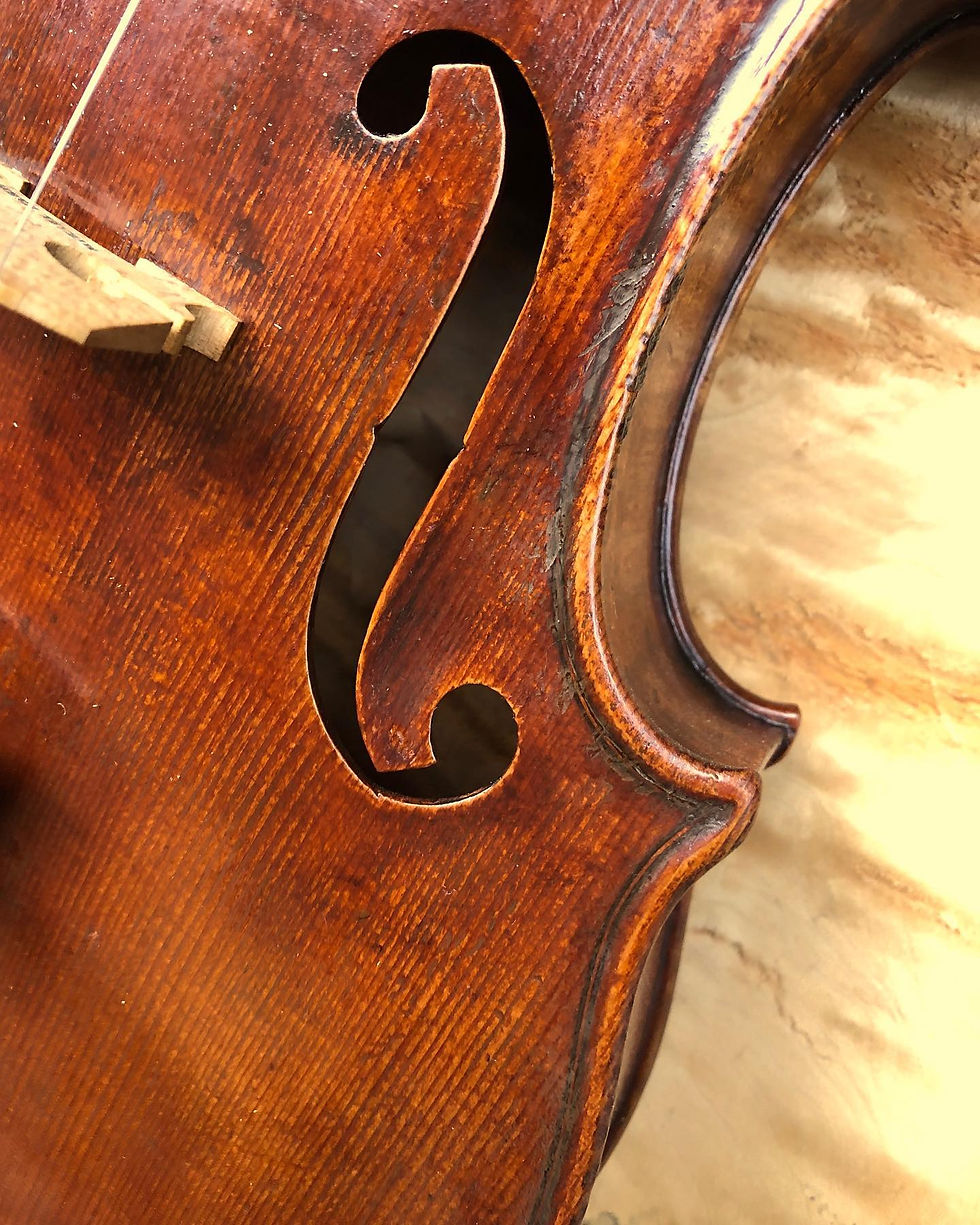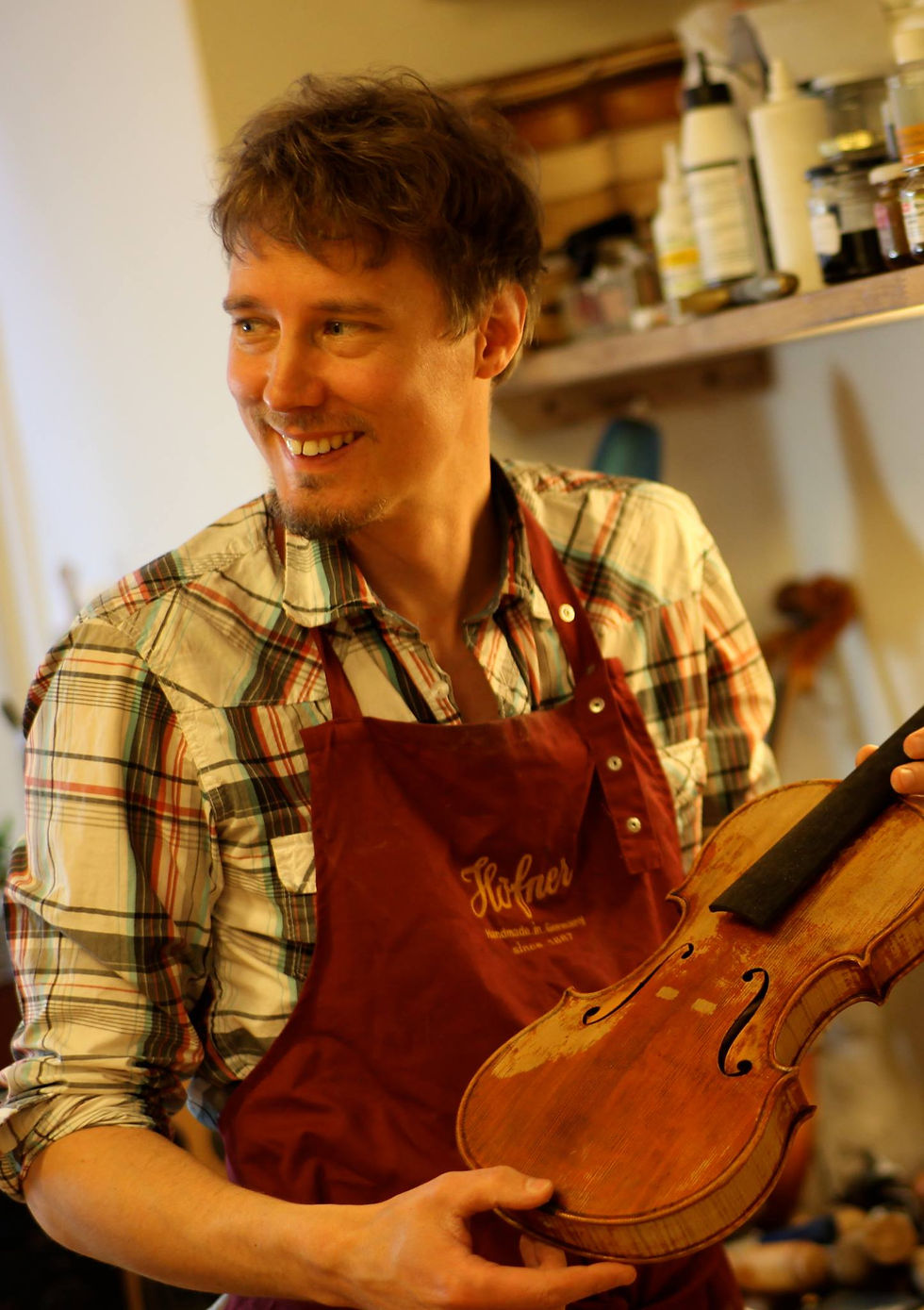Introduction
Behind the making of each exceptionally good sounding violin is the skilled craftsmanship of an experienced violin maker. These craftsmen have a wealth of knowledge about the construction of the instrument, the science of acoustics and the secrets passed down through generations. In this article we explore the hidden secrets that violin maker Karpati uses to create violins with a truly exceptional sound.

Choice of material
The foundation of any good violin lies in the careful choice of wood.
Karpati begins by searching for woods with acoustic properties, usually with spruce for the top plate and maple for the back, sides, neck and shell. The selection process involves assessing factors such as the wood's density, grain and resonance. Karpati understands the importance of these characteristics and how they affect the tonal qualities of the instrument.

The wood that Karpati uses for his instruments is spruce from the alpine slopes of Italy and maple from Transylvania. On Karpati's most exclusive instruments, he uses woods that are from 100 to 200 years old precisely for their acoustic properties.
Thickness & Soundholes

One of the critical secrets lies in the gradation and thickness of the violin's plates. Karpati carefully cuts and shapes the top and back to create an optimal balance between flexibility and stiffness.
By carefully grading the plates, especially in the areas around the sound holes, Karpati achieves a desirable tonal response and enhances the instrument's resonance.
The design and placement of the sound holes (f-holes) are also crucial for Karpati's instruments. The F-holes contribute to several things: enhancing the instrument's resonance, controlling air flow, and allowing the violin to produce its characteristic timbre. Karpati uses precise measurements and variations in the shape, length and width of the sound holes to achieve specific tonal qualities and make the instrument sound even more.
Arching of the plates

The arching of the violin's plates is another secret weapon of violin maker Karpati.
The shape and curvature of the plates greatly affect the tonal properties of the instrument. Karpati carefully cuts the arch, to bring out tonal balance and response in the violin. The arching contributes to the violin's sound level and a warm, resonant and balanced tone.

Ambition
In addition to the technical aspects, one of the most important secrets lies in Karpati's ambition for craftsmanship. Years of experience, refined skills and understanding of the instrument help bring out really good sound and resonance in his violins. He has a deep connection to his craft and sees each instrument as a unique work of art. The material, the tools and the techniques are what separate the exceptional from the ordinary.


Hade lyckan att hos Hannes Karpati få tid för justering av infästningen av skruvarna på min Ume-fiol.
En reparation som utfördes snabbt, hann ta ett fika med min dotter på Mälartorget. Hade det inte varit en fiol, skulle jag sagt "att den blev som ny". Förutom att åtgärda skruvarna limmade Karpati sprickor
mellan sarg och lock, justerade placering av ljudpinne. och stall, samt putsade upp den.
Och för en billig penning! Fiolen blev tonstarkare samtidigt som den bevarade mjuka ton.,
Tackar honom för insatsen och önskar lycka till med nya violinverkstaden! /Sören Strid